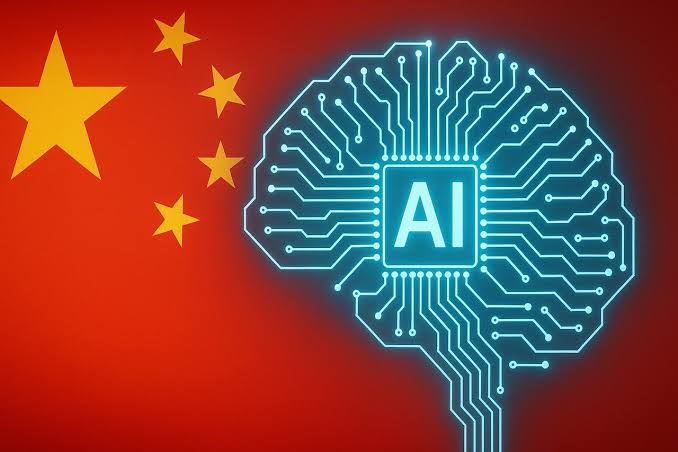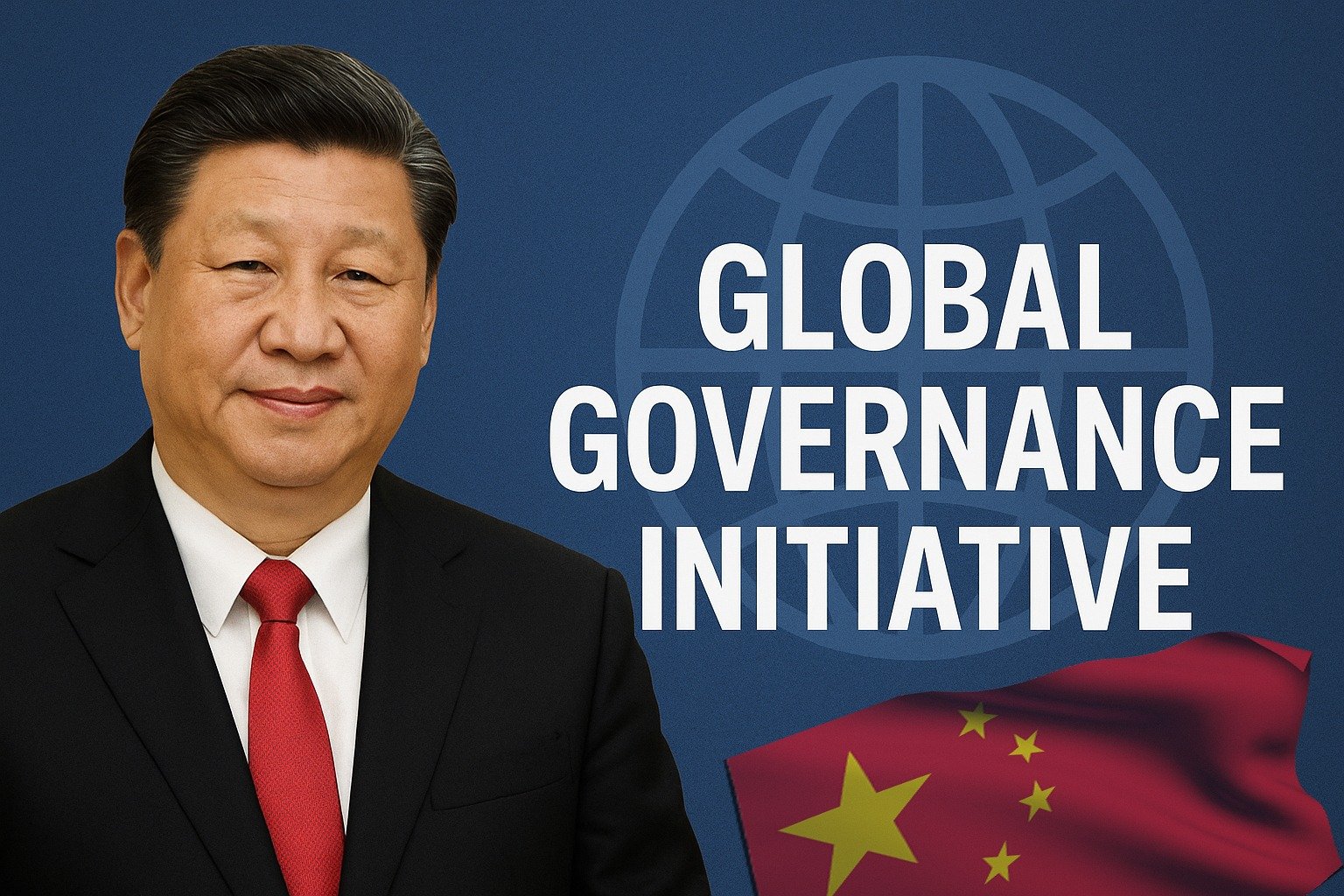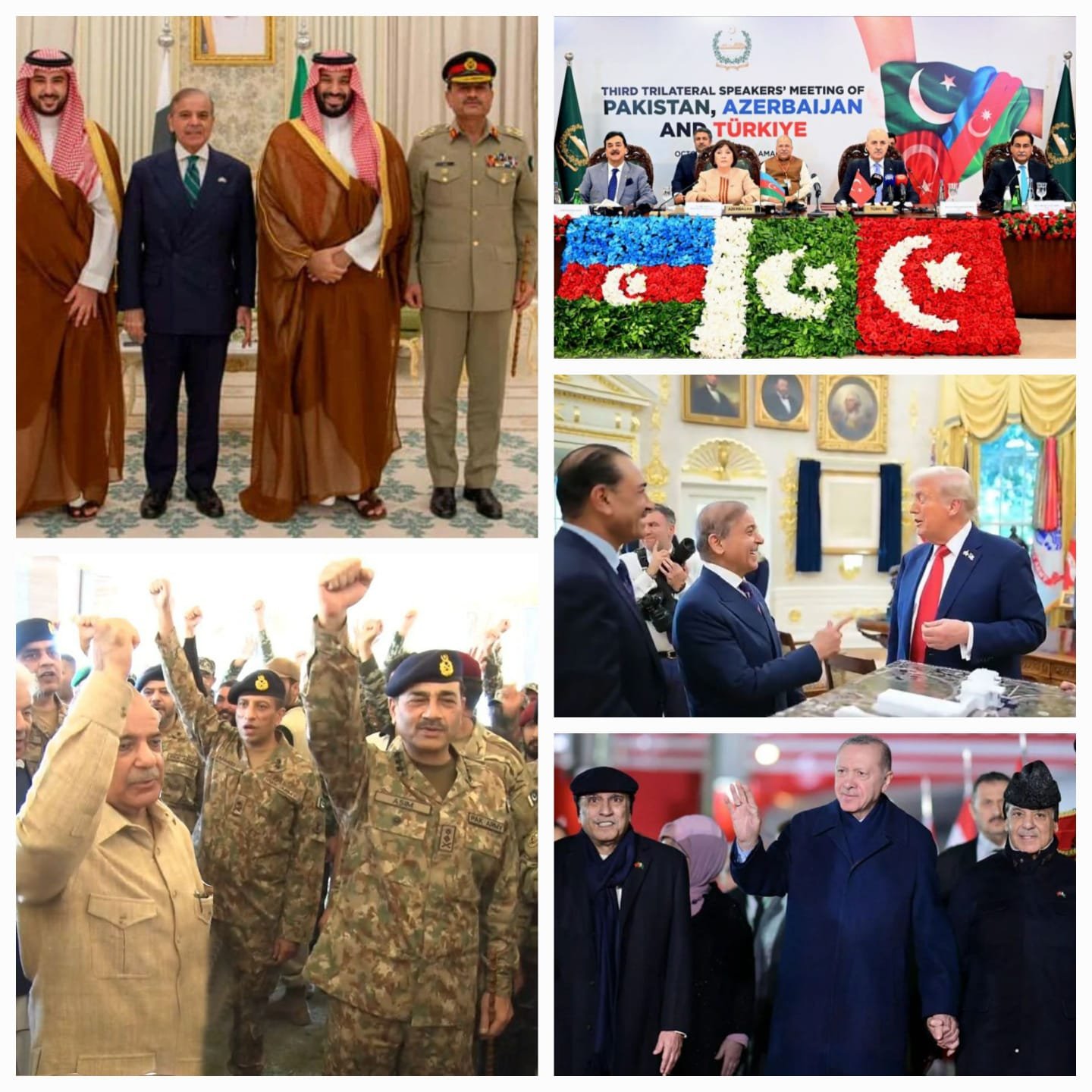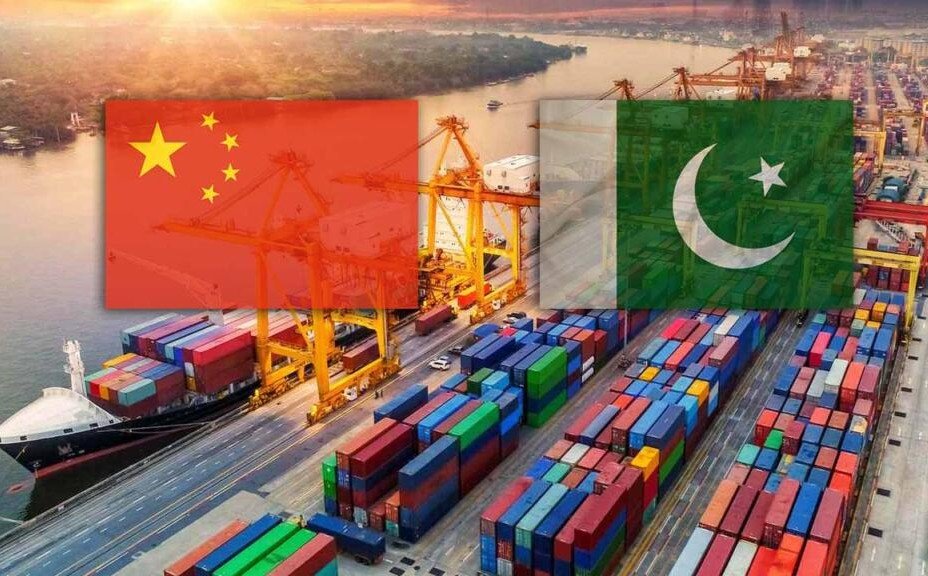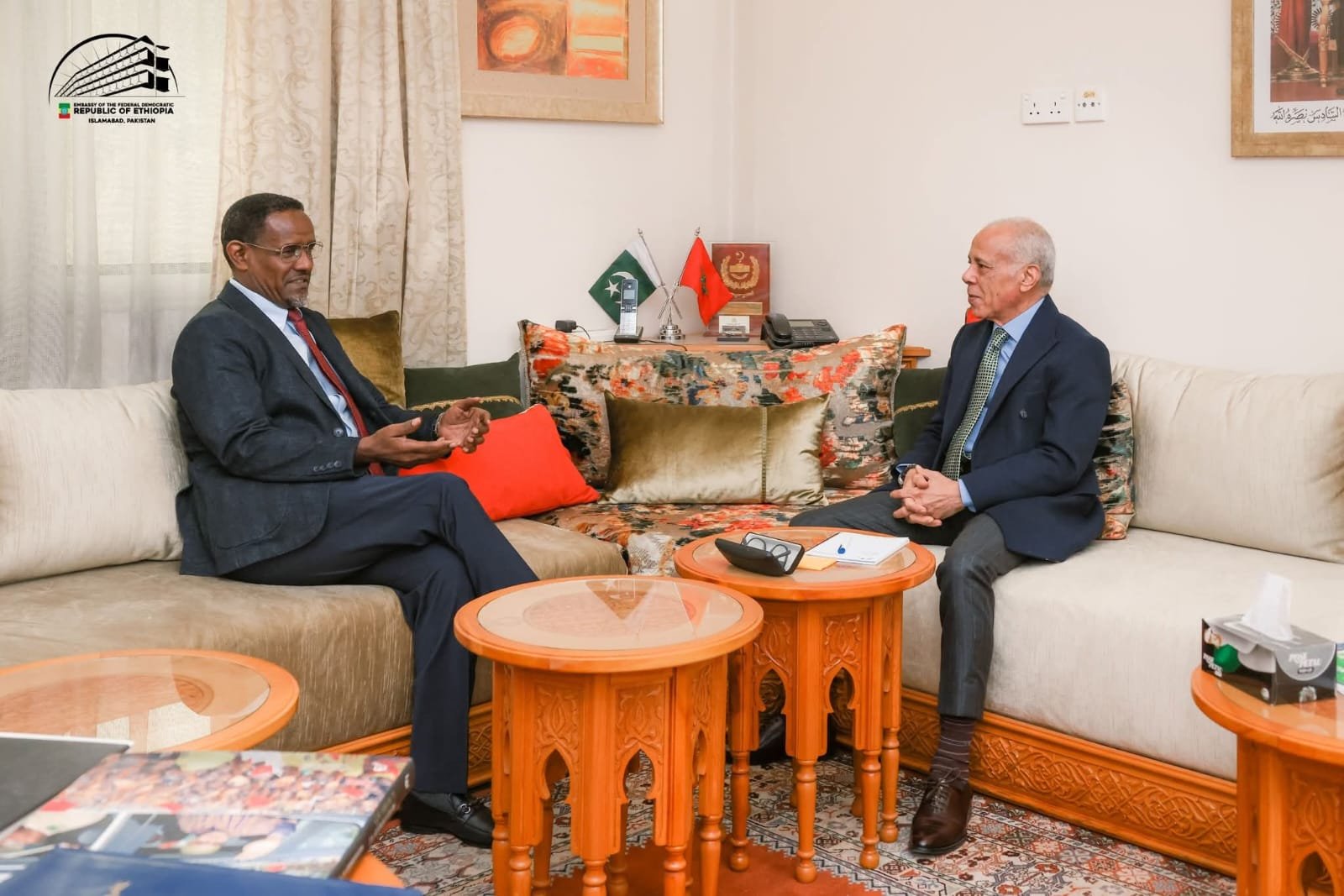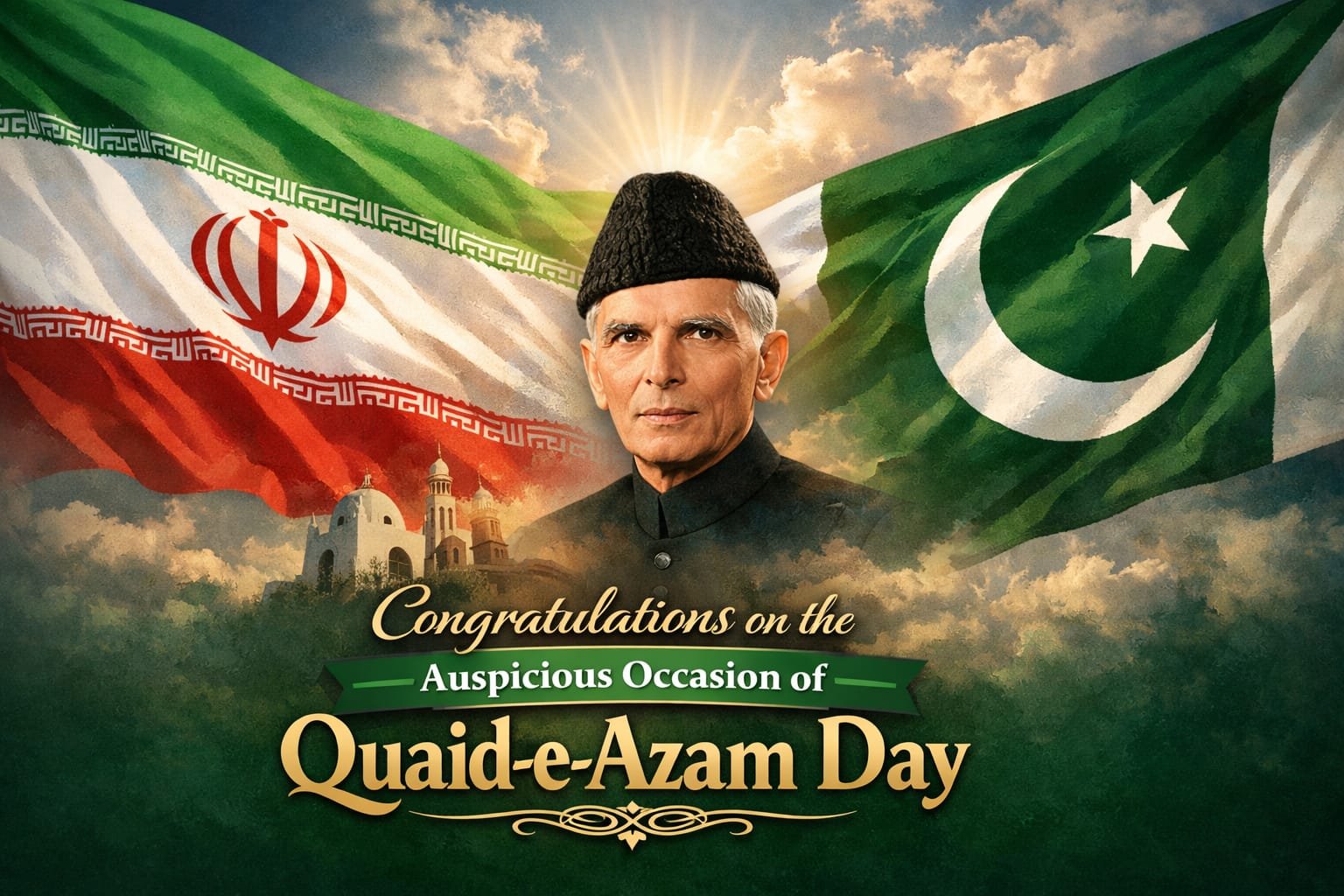At the 2025 World Artificial Intelligence Conference (WAIC) held in Shanghai, Chinese Premier Li Qiang’s message was clear: China does not seek to monopolize AI technologies, but rather to democratize them. He stated unequivocally that AI should serve all of humanity, not just a select few, and committed China to making AI “openly shared” to ensure that “more countries and groups will benefit.”
This vision is backed by policy. Beijing’s Global AI Governance Initiative, AI Capacity-Building Action Plan, and the newly proposed World AI Cooperation Organization reflect a growing consensus within China’s leadership: AI development must be inclusive. These programs are aimed at reducing the digital divide and empowering the Global South to be equal participants in the emerging AI order.
A major driver of this inclusivity is China’s commitment to open-source AI. With over 1,500 large language models released by Chinese firms as of mid-2025, China leads the world in open-source AI development.
These tools are more than technical achievements—they are engines of real-world change. When a devastating earthquake struck Myanmar earlier this year, Chinese developers built a Chinese–Burmese–English translation tool within seven hours, using open-source models. This tool was used by over 700 rescue workers, directly improving the efficiency and reach of emergency aid in a multilingual environment. Such responsiveness would be unthinkable with closed systems.
China’s AI also powers industrial transformation abroad. In Thailand’s Saraburi province, massive autonomous mining trucks now operate with the help of Chinese AI systems, resulting in a 16% boost in efficiency and savings of nearly a million baht per month. In South Africa, AI-driven surveillance platforms developed by Chinese firms have drastically reduced cable theft along Johannesburg’s key freight corridors—by some reports, up to 80%—revitalizing critical trade routes.
These examples are not isolated. Chinese language models and smart systems are being customized to meet local needs in agriculture, public security, disaster response, and education. In Morocco and Ethiopia, AI-driven agricultural models developed jointly with Chinese teams are helping small farmers increase yields and reduce water use. In Pakistan, AI-based translation and educational platforms—also open-source—are helping digitize classrooms and expand language access.
What distinguishes China’s approach is not just the technology, but the philosophy.
While many nations treat AI as a strategic asset to be hoarded, China treats it as a shared platform for collective uplift. This is reflected in the language of its policy documents, which prioritize “people-centered development” and emphasize the need to make AI outcomes accessible to developing nations. In contrast to approaches that prioritize profit or national supremacy, China frames AI advancement as a moral and developmental imperative.
China’s AI openness also extends to governance. At WAIC 2025, China proposed the creation of a World AI Cooperation Organization to institutionalize international collaboration. Designed to complement existing bodies like the UN, this proposed organization would aim to establish fair, consensus-based rules for AI ethics, security, data governance, and digital equity. Far from being a geopolitical maneuver, this initiative is grounded in the principle of multilateralism. China has openly invited all countries, regardless of political alignment, to participate in shaping the organization’s structure and objectives.
Moreover, China’s approach is helping to bridge the global talent divide. Through capacity-building programs, Chinese universities and companies are training developers, researchers, and policymakers from Africa, Latin America, Central Asia, and Southeast Asia. Many of these participants return to their home countries not only with technical knowledge but with access to platforms, partnerships, and tools that can immediately be deployed for public benefit.
The world today stands at a critical juncture in AI development. On one side lies a future of fragmented systems, digital inequality, and technological isolationism. On the other lies a future of shared platforms, cooperative governance, and inclusive innovation. In the decades to come, AI will shape not just economies, but civilisations. In that future, it will not be the most secretive or most powerful models that define success, but the ones that uplift the greatest number of people.
Mr. Qaiser Nawab, a global peace activist, is a distinguished international expert specializing in the Belt and Road Initiative (BRI), Afghanistan, Central Asia and founder of the Belt and Road Initiative for Sustainable Development (BRISD), a newly established global think-tank headquartered in Islamabad, in conjunction with the one-decade celebration of BRI.
